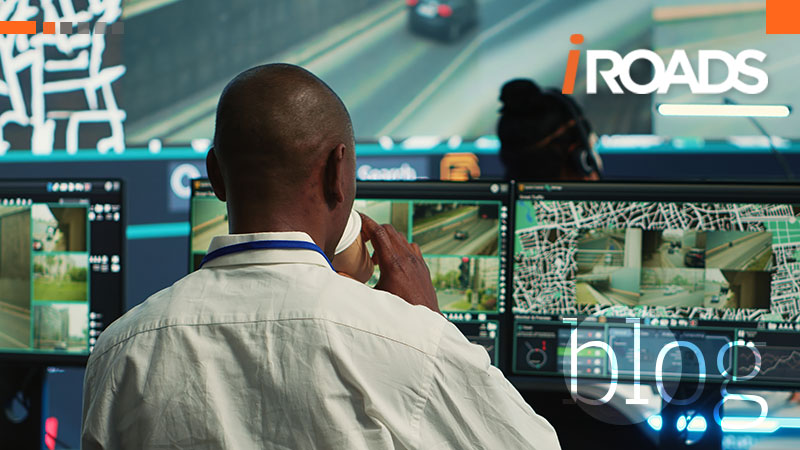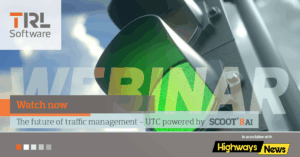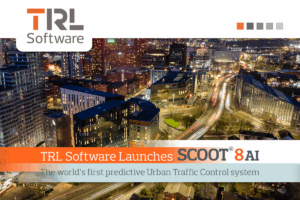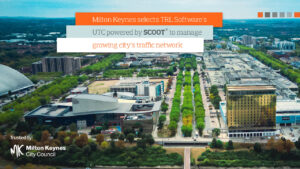While AI, data integration, and predictive modelling are transforming infrastructure management, many local authorities and road networks are still relying on outdated tools and workflows.
Disjointed systems, outdated data, and a lack of public input make it harder to prioritise maintenance, model long-term costs, or plan for climate resilience, especially when budgets are tight and scrutiny is high.
If you’re struggling to make the most of your resources or lacking visibility across your network, it may be time to consider a digital upgrade.
Here are six clear signs that your road asset management strategy needs modernisation – and what you can do about it.
- Maintenance isn’t prioritised strategically
When budgets are tight and workloads are heavy, knowing where to focus is critical.
By streamlining treatments using data-driven criteria such as condition severity, network hierarchy, usage levels and safety risks. This means all money spent delivers maximum value.
- You can’t model lifecycle cost impacts
If your planning doesn’t account for the long-term financial impact of today’s decisions, you’re missing a critical piece of the asset management puzzle.
A digital upgrade lets you run scenario planning and predictive modelling, so you can compare treatment strategies, optimise maintenance schedules and minimise total lifecycle costs across your network.
- Departments work in Siloes, not in sync
It’s not just about the roads themselves, it’s about everything around them and beneath them, drainage, traffic light systems, pedestrian infrastructure and more.
An asset management system like iROADS facilitates collaboration across teams by providing shared access to real-time asset data, planning tools and performance metrics… breaking down siloes and improving coordination.
- The public can’t report issues digitally
Your community is your eyes and ears on the ground. But if citizens can’t easily report potholes, flooding or streetlight outages through a mobile app or website, valuable data is going uncollected. Modern digital platforms provide intuitive, real-time issue reporting tools that enhance responsiveness and build trust with the public
- Funding trails are manual and time-consuming
Local authorities must not only manage infrastructure but prove they’re managing well.
It’s essential to record and report inspections, maintenance and investments decisions transparently. A digital platform allows teams to automate reporting, demonstrate cost-effectiveness, respond to audits efficiently and support long-term funding cases with evidence-based planning.
- Climate risks aren’t mapped into your planning
Flooding, extreme heat and freeze-thaw cycles are no longer rare events, they’re part of the new normal.
If climate risk data isn’t integrated into your road planning and prioritisation processes, your network is vulnerable. Digital systems can ingest geospatial climate models, overlay them with asset maps and help you prioritise resilience-based investments.
Ready for a smarter, resilient road network?
If you’re facing outdated inspections, stale data, limited modelling, or poor public reporting, it’s time for a digital shift, and iROADS delivers.
iROADS is a cloud-based road asset management software that helps local authorities and highway agencies streamline operations, make data-driven decisions, and plan for a climate-resilient future. Giving full control over their road networks.
Book a demo to find out why highways authorities all over the globe are using iROADS to improve their asset management.




